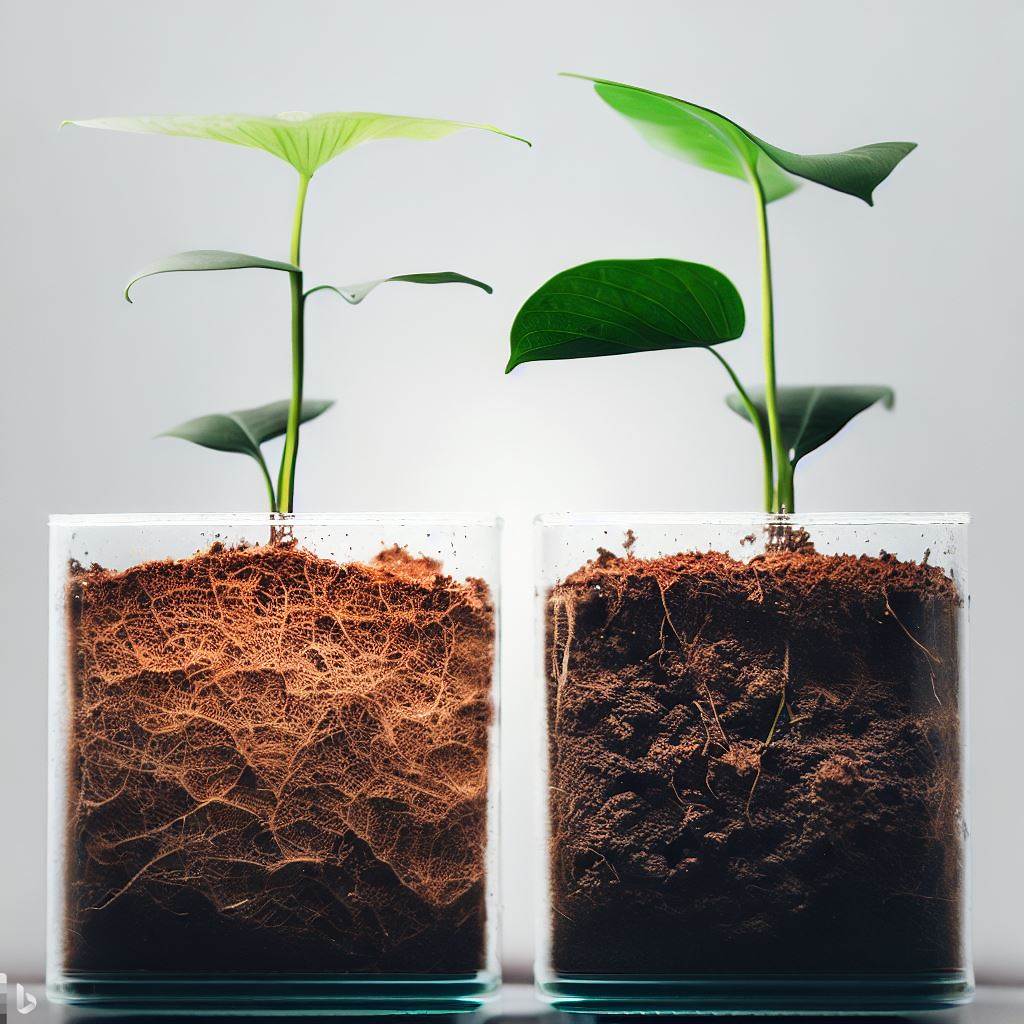
As a passionate gardener, I am constantly looking for ways to improve the health and vitality of my plants. One valuable secret I have discovered is the use of coco peat for water retention. Coco peat, also known as coir, is a byproduct of the coconut industry and has gained popularity among gardening enthusiasts for its incredible water retention properties. In this article, I will explore the benefits of using it and share tips on how to maximize its potential in your garden.
Understanding water retention and its importance in gardening
Water retention is the ability of a growing medium to hold and release water to plant roots over time. In gardening, proper water retention is crucial for the overall health and growth of plants. When soil lacks the ability to retain water, plants become stressed and may suffer from dehydration. On the other hand, excessive water retention can lead to root rot and other fungal diseases. Achieving the perfect balance is key.
The role of coco peat in water retention
Coco peat is a spongy material that is derived from the fibrous husk of coconuts. It is processed into a fine texture, making it an ideal medium for water retention. The unique structure of coco peat allows it to hold up to 10 times its weight in water, while still providing adequate drainage. This means that plants grown in coco peat have a constant supply of water, preventing underwatering or overwatering issues. Additionally, coco peat has a high cation exchange capacity, which means it can absorb and release essential nutrients to plant roots, further enhancing their growth.
Benefits of using coco peat for waterretention
Using it offers a multitude of benefits for gardeners. Firstly, it reduces water consumption by up to 50%, making it an eco-friendly choice. This is especially important in regions with water scarcity or in areas where water bills can become burdensome. Secondly, the excellent water holding capacity of coco peat ensures that plants receive a steady supply of moisture, even during hot and dry periods. This reduces the need for frequent watering and helps plants withstand drought conditions. Lastly, coco peat is resistant to compaction and remains loose and airy, promoting proper root growth and preventing soil erosion.
How to use coco peat for efficient water retention
To harness the benefits of it, it is important to prepare it properly before use. Start by soaking the coco peat in water to rehydrate it. This process allows the fibers to expand and become more absorbent. After soaking, squeeze out any excess water, but ensure the coco peat remains moist. Mix the rehydrated coco peat with your preferred potting mix or garden soil, in a ratio of 1:1. This combination provides an ideal environment for water retention and root development.
Other uses of coco peat in gardening
Apart from its remarkable water retention properties, coco peat has many other uses in gardening. It can be used as a soil amendment to improve the structure and fertility of garden soil. Coco peat is also an excellent medium for seed starting, as it provides a sterile and nutrient-rich environment for germination. Additionally, it can be used as a mulch to suppress weed growth and conserve soil moisture. Its organic nature also makes it a sustainable alternative to traditional peat moss.
Tips for maximizing the water retention benefits of coco peat
To maximize the water retention benefits of coco peat, it is important to follow a few key tips. Firstly, ensure proper drainage by adding perlite or vermiculite to the coco peat mixture. This will prevent waterlogging and ensure oxygen reaches the roots. Secondly, apply a layer of organic mulch on top of the coco peat to further conserve moisture and regulate soil temperature. Lastly, avoid overwatering by checking the moisture level of the coco peat regularly. Insert your finger into the soil and if it feels moist, delay watering. This will prevent the roots from sitting in excess water and reduce the risk of root rot.
Recommended coco peat products for water retention
When choosing coco peat products for water retention, it is important to select high-quality options. Look for coco peat that is well-processed and free from contaminants. Some reputable brands that offer coco peat specifically designed for water retention include XYZ Coco Coir and ABC Coir Products. These products have been tested and proven to provide optimum water holding capacity, ensuring your plants receive the moisture they need.
Case studies and success stories of using coco peat for water retention
Numerous gardeners have experienced great success in using it. One such case study is the XYZ Community Garden, where the use of coco peat has resulted in healthier and more productive plants. Gardeners have reported reduced water consumption and improved overall plant vigor. Similarly, a success story from ABC Flower Farm showcases how coco peat has helped them withstand drought conditions and maintain a beautiful flower garden throughout the summer months. These real-life examples highlight the effectiveness of coco peat in water retention.
Conclusion and final thoughts
In conclusion, harnessing the benefits of it is a game-changer for any gardener. Its ability to hold moisture and release it to plant roots over time ensures optimal growth and vitality. By using coco peat, you can reduce water consumption, prevent dehydration, and promote healthy root development. Remember to properly prepare the coco peat, follow the tips for maximizing water retention, and choose reputable products for the best results. Embrace the secret to efficient water retention and watch your garden thrive like never before.
CTA: Now that you know the secret to efficient water retention, why not give coco peat a try in your garden? Explore the wide range of coco peat products available and experience the benefits for yourself. Happy gardening!






